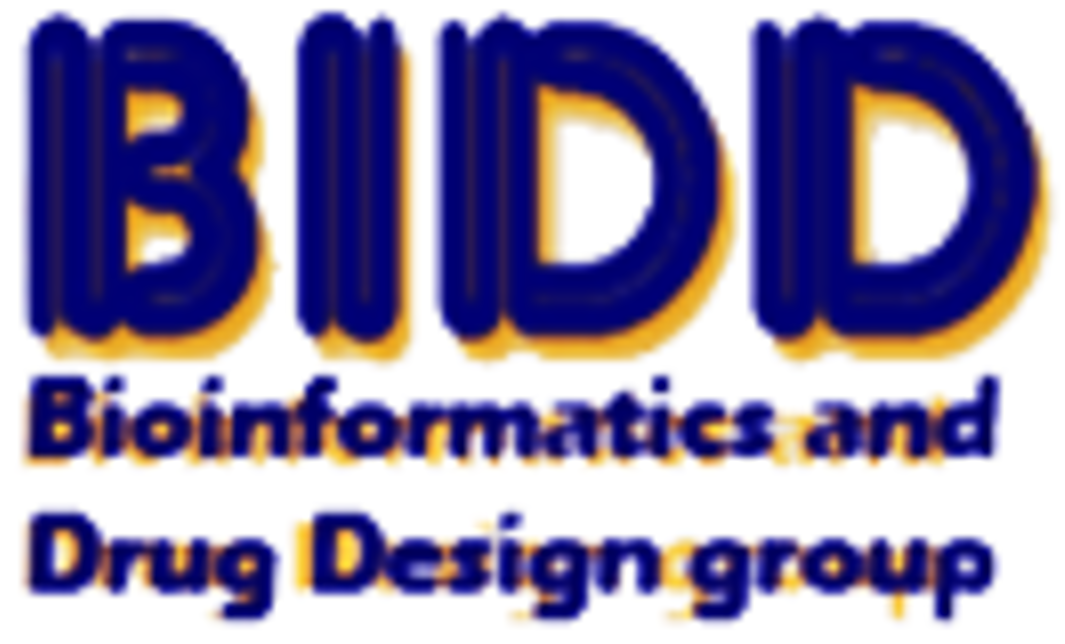| Target Validation Information | |||||
|---|---|---|---|---|---|
| Target ID | T20331 | ||||
| Target Name | Neuropeptide Y receptor 5 | ||||
| Target Type | Research |
||||
| Drug Potency against Target | AR-129330 | Drug Info | IC50 = 2700 nM | [527629] | |
| FR-230481 | Drug Info | IC50 = 0.54 nM | [526277] | ||
| NPY5RA-972 | Drug Info | IC50 = 3 nM | [553205] | ||
| FR-233118 | Drug Info | IC50 = 0.7 nM | [526277] | ||
| 2,4,4-triphenylimidazoline | Drug Info | IC50 = 54 nM | [529977] | ||
| FR-73966 | Drug Info | IC50 = 53 nM | [526277] | ||
| FR-226928 | Drug Info | IC50 = 16 nM | [526277] | ||
| CGP71683A | Drug Info | IC50 = 1.4 nM | [552749] | ||
| Action against Disease Model | CGP71683A | CGP71683A alone induced cell death in a time- and dose-dependent manner in Y5R-expressing cells. The stimulation of MDA MB-231 cell migration by NPY is inhibited by CGP71683A | [553033] | Drug Info | |
| The Effect of Target Knockout, Knockdown or Genetic Variations | We hypothesized that NPY in islets tonically suppresses insulin secretion and the reduction of islet NPY increases insulin secretion. To address the hypothesis, islet function of NPY-deficient mice was analyzed. Although there was little change in glucose homeostasis in vivo, pancreatic islets from NPY-deficient mice had higher basal insulin secretion (1.5 times), glucose-stimulated insulin secretion (1.5 times), and islet mass (1.7 times), compared with wild-type mouse. Next we sought to determine whether the expression of NPY and Y(1) receptor in islets was altered in hyperinsulinemia associated with obesity. Islets from C57BL/6J mice on a high-fat diet had 1.9 times higher basal insulin secretion and 2.4 times higher glucose-stimulated insulin secretion than control mice, indicating islet adaptation to obesity. Expression of NPY and Y(1) receptor mRNA levels was decreased by 70 and 64%, respectively, in high-fat diet islets, compared with controls. NPY and Y(1) receptor in islets were also reduced by 91 and 80%, respectively, in leptin-deficient ob/ob mice that showed marked hyperinsulinemia. Together these results suggest that endogenous NPY tonically inhibits insulin secretion from islets and a reduction of islet NPY may serve as one of the mechanisms to increase insulin secretion when islets compensate for insulin resistance associated with obesity | [553033] | |||
| References | |||||
| Ref 553033 | Neuropeptide Y Y5 receptor promotes cell growth through extracellular signal-regulated kinase signaling and cyclic AMP inhibition in a human breast cancer cell line. Mol Cancer Res. 2010 Apr;8(4):604-14. doi: 10.1158/1541-7786.MCR-09-0301. Epub 2010 Mar 23. | ||||
| Ref 527629 | Bioorg Med Chem Lett. 2005 Sep 1;15(17):3853-6.Lead optimization of 4-(dimethylamino)quinazolines, potent and selective antagonists for the melanin-concentrating hormone receptor 1. | ||||
| Ref 526277 | Bioorg Med Chem Lett. 2002 Mar 11;12(5):799-802.Novel potent antagonists of human neuropeptide Y Y5 receptors. Part 3: 7-methoxy-1-hydroxy-1-substituted tetraline derivatives. | ||||
| Ref 553205 | Binding and cAMP studies of melanotropin peptides with the cloned human peripheral melanocortin receptor, hMC1R. Biochem Biophys Res Commun. 1994 Nov 15;204(3):1137-42. | ||||
| Ref 526277 | Bioorg Med Chem Lett. 2002 Mar 11;12(5):799-802.Novel potent antagonists of human neuropeptide Y Y5 receptors. Part 3: 7-methoxy-1-hydroxy-1-substituted tetraline derivatives. | ||||
| Ref 529977 | Bioorg Med Chem Lett. 2009 Mar 15;19(6):1670-4. Epub 2009 Feb 4.Discovery of substituted 2,4,4-triarylimidazoline derivatives as potent and selective neuropeptide Y Y5 receptor antagonists. | ||||
| Ref 526277 | Bioorg Med Chem Lett. 2002 Mar 11;12(5):799-802.Novel potent antagonists of human neuropeptide Y Y5 receptors. Part 3: 7-methoxy-1-hydroxy-1-substituted tetraline derivatives. | ||||
| Ref 526277 | Bioorg Med Chem Lett. 2002 Mar 11;12(5):799-802.Novel potent antagonists of human neuropeptide Y Y5 receptors. Part 3: 7-methoxy-1-hydroxy-1-substituted tetraline derivatives. | ||||
| Ref 552749 | NPY Y1 and Y5 receptor selective antagonists as anti-obesity drugs. Curr Top Med Chem. 2007;7(17):1721-33. | ||||
If You Find Any Error in Data or Bug in Web Service, Please Kindly Report It to Dr. Zhou and Dr. Zhang.

